Hello science-loving friends, today I stopped by this super community to discuss a super interesting topic! So that you have an idea of how the idea that mosquitoes have feathers came about, I have to tell you the story from the beginning! It turns out that I was in the living room of my house when suddenly I see a mosquito on the wall, it turns out that the mosquito did not attract my attention in question but the feathers that it had on its head, so I commented to my wife, did you see that that mosquito has feathers? So he didn't believe me until I showed it to him closer! And there we entered into a debate about why mosquitoes have feathers if they have wings? My wife had her theory: "according to her it could be a form of courtship" I had another theory that they used them for the flight "however the question was not answered until now...🤯👨🏫👨🎓
Hola amigos amantes de la ciencia hoy paso por esta super comunidad para debatir un tema super interesante! para que tengas una idea de como surgio la idea de que los mosquitos tienen plumas te tengo que contar la historia desde un principio! resulta que estaba en la sala de mi casa cuando de pronto veo un mosquito en la pared, resulta que el mosquito no llamo mi atencion en cuestion si no las plumas que tenia sobre su cabeza, entonces le comente a mi esposa viste que ese mosquito tiene plumas? entonces no me creyo hasta mostrarselo mas cerca! y ahi entramos en un debate para que los mosquitos tienen plumas si tienen alas? mi esposa tenia su teoria: "segun ella puede ser como forma de cortejo" yo tenia otra teoria que las usaban para el vuelo" sin embargo la interrogante no estaba respondida hasta ahora...🧫📚🔬

First, why do mosquitoes need antennas?👨💻👨🎓/Primero para que necesitan antenas los mosquitos??🧠📚
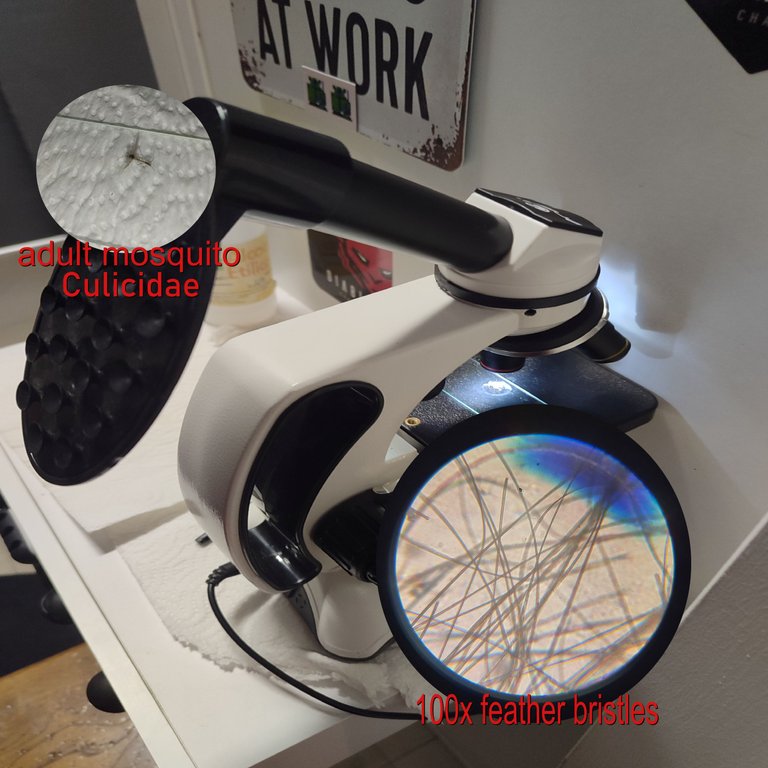
Before answering what antennas are for, we must first know that more than 640 million years ago, arthropods divided into an evolutionary line where some insects developed sensory organs such as antennas while vertebrates, for their part, developed sensory organs and this is a help. to indicate that we do not come from the same evolutionary line millions of years ago! Starting from the beginning then we know that the antennae fulfill a sensory function in insects including our mosquito friend, I am not an expert in identifying them but I understand that the male Aedes has feathers on his antenna and the female does not!🧫👨🏫🤯
Antes de responder para que sirven las antenas primero debemos saber que hace mas de 640 millones de años los artropodos se dividieron en una linea evolutiva donde algunos insectos desarrollaron organos sensoriales como antenas mientras que los vertebrados por su parte desarrollaron organos sensoriales y esto es una ayuda para indicar que no venimos de la misma linea evolutiva hace millones de años! partiendo en el principio entonces sabemos que las antenas cumplen una funcion sensorial en los insectos incluyendo a nuestro amigo mosquito, no soy experto identificarlos pero tengo entendido que el macho de Aedes tiene plumas en su antena y la hembra no!🦟🌍👨💻

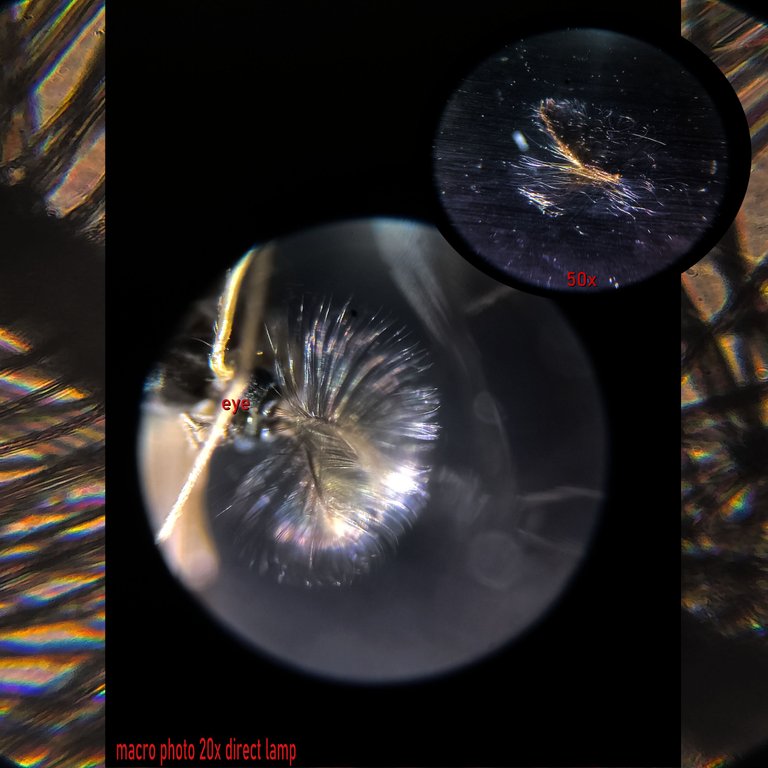
We then answer the question: no, mosquitoes do not have feathers like birds! They are totally different structures in composition and function. We conclude that insect antennae are sensory structures that some hexapod insects developed. We have not been able to identify all the insects on the planet but biologists believe that there are more than 30 million species. They have different functions, sizes and shapes! We will define it as paired appendages, they are located in the anterior part of the animal, NOT ALL ARTHROPODS have antennas but almost all of them in their adult phase develop antennas! According to experts, the antennae are true appendages that were reduced in their embryonic phase and, like the leg, could regenerate!🧠🦟🤯
respondemos entonces la pregunta no los mosquitos no tiene plumas como las aves! son estructuras totalmente diferentes en composicion y en funcion, concluimos que las antenas de los insectos son estructuras sensoriales que desarrollaron algunos insectos hexapodas, no hemos podido identificar todos los insectos del planeta pero los Biologos creen que hay mas de 30 millones de especies, las antenas tienen funcion, tamaños y formas diferentes! la definiremos como apendices pares, estan situados en la parte anterior del animal, NO TODOS LOS ARTROPODOS tienen antenas pero casi todos en su fase adulta desarrollan antenas! segun los expertos las antenas son verdaderos apendices que se reducieron en su fase embrionario y que al igual que la pata podria regenerarse!👨🏫🧫🔬

Function of the feathery antennae?👨💻👨🎓/Fucion de las antenas plumosas?🧠📚
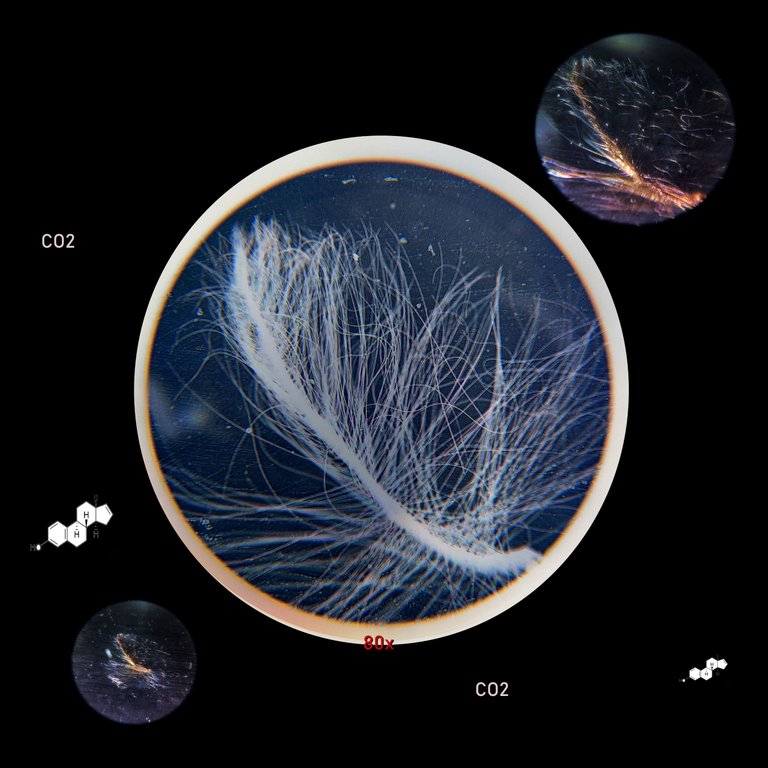
To feel the antennae, insects use hairs that have structures called sensilla and in reality there are several types of structures in the form of sensilla! The fact is that with these feathers mosquitoes can smell, escape, look for a mate, and stay away from toxic plants! literally their antennas are their noses! However, do not underestimate their compound eyes, which are quite developed, not like the fly, but they help them escape! We could say that the antennae in these mosquitoes are more chemoreceptor than mechanoreceptor, and therefore if they help them capture pheromones and future mates, we could say that this species, which I already identified as male, looks for its mate thanks to these antennas, incredible, right?🧫🤯🦟
Para sentir las antenas los insectos utilizan unos pelos cuales tienen estructuras llamadas sensilas y en realidad existen varios tipos de estructuras en forma de sensilas! el caso es ya que con estas plumas los mosquitos pueden oler, escapar, buscar pareja, alejarse de plantas toxica! literalmente sus antenas son su narices! sin embargo no subestimen sus ojos compuestos que son bastante desarrollados no como la mosca pero les ayudan a escapar! podriamos decir que las antenas en este mosquitos son mas quimiorecpetora que mecanoreceptoras, y por tanto si les ayudan a captar feromonas y futuras parejas podriamos decir que esta especie la cual ya identifique como macho busca su pareja gracias a estas antenas increible no?👨💻🧠👨🎓

Structure👨💻👨🎓/Estructura🧠📚
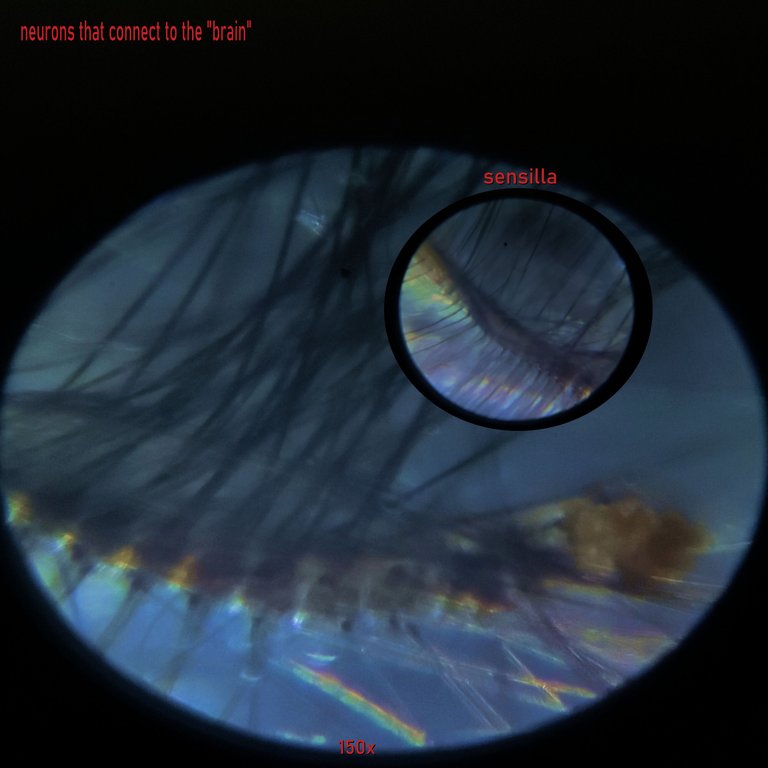
The structure of the feathers is made up of hundreds of sensory feathers. In addition to the antennae, the body of the mosquito also has hairs but with another sensory function. The hairs are called Sensillas. Our hairs are made of keratin, but the hair of these insects is chitin. This is why the compound is different! Inside all these hairs or the sensilla there are neurons that connect with the lobe or the deutocerebrum! They are responsible for transmitting information from the environment to the animal! Science has already discovered that the antennae of mosquitoes serve to capture CO2 molecules and do you know why? since we have it from breathing and sweat, therefore we cannot escape from mosquitoes!🦟🤯🧫
Las estructura de las plumas se componen de ciento de plumas sensoriales, ademas de las antenas el cuerpo del mosquito tambien tiene pelos pero con otra funcion sensoria, los pelos llevan el nombre de Sensillas nuestros pelos estan compuesto de queratina pero el de estos insectos es quitina por esto el compuesto es diferente! en el interior de todos estos pelos o las sensillas hay neuronas que se conectan con el lobulo o el deutocerebro! se encargan de trasmitir la informacion del ambiente al animal! la ciencia ya descubrio que la antenas de unos mosquitos sirven para captar moleculas de CO2 y sabes por que? ya que la tenemos al respirar y el sudor, por tanto no nos podemos escapar de los mosquitos!📚🔬👨🏫

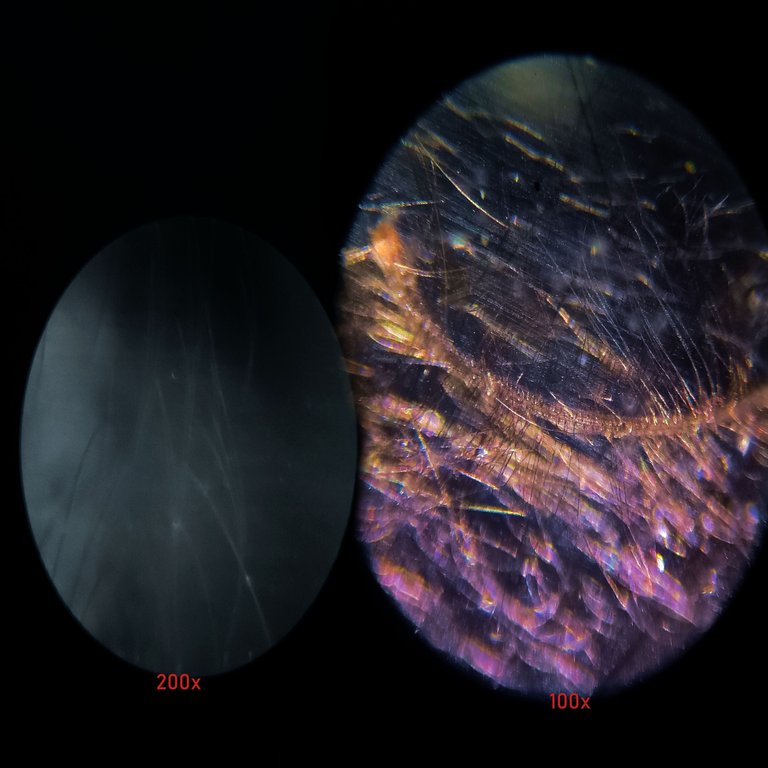
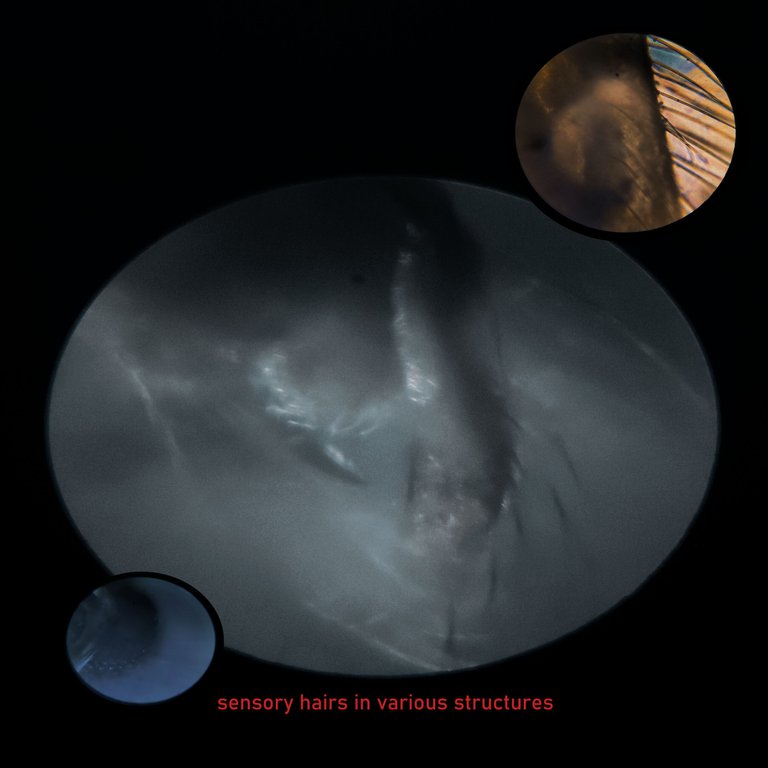
The antennae of this male mosquito are classified as the name of the post title "plumose antenna" which I repeat are not feathers like those of birds, they are highly evolved structures since the smaller and more branched they are, the better the ability to capture Pheromones in the air are common in male mosquito and moth species, some flies also have feathery antennae! The insect that has the most sensitivity is the cockroach, which has more than 250 thousand units of sensilla. It is also believed that there are thermoreceptor sensilla to measure temperature changes in the terrain!🧫📚🤯
Las antenas de este mosquito macho se clasifica tal y cual el nombre del titulo de post "antena plumosa" que repito no son plumas como la de las aves, son estructuras muy evolucionadas ya que mientras mas pequeñas y ramificadas sean sera mejor la capacidad para captar feromonas en el aire, son comunes en las especies de los mosquitos macho y las polillas, algunas moscas tambien tienen antenas plumosas! el insecto que mas sensilia es la cucarachas que tienen mas de 250mil unidades de sensilas, tambien se cree que hay sensilas termorreceptoras para medir los cambios de temperatura en el terreno!👨🎓🦟🔬

Now why not take the opportunity to see the wings?👨💻👨🎓/Ahora por que no aprovechar para ver las alas?🧠📚
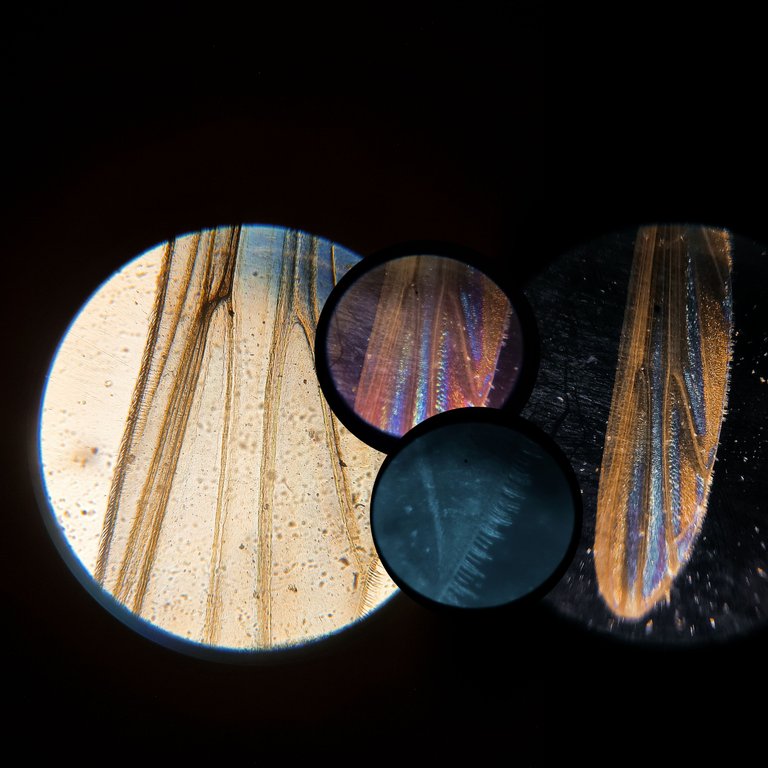
According to what we have read so far, we could say that the wing sensilla are more mechanoreceptors and here we see some on the wings and they can be used to orient ourselves in the air, such as avoiding obstacles, among other things, and as you can see, they have a more structured structure. grunt...🤯🦟👨💻
Segun lo que hemos leido hasta ahora entonces podriamos decir que las sensilas de las alas son mas mecanorreceptoras y aqui vemos algunas en las alas y pueden servir para orientarse en el aire como por ejemplo evadir obstaculos entre otras cosas y como puedes ver tienen una estructura mas gruesa y son mucho mas pequeñas que las plumas de las antenas!🧫👨🏫

DNA is an organization to foster and DENSIFY NATURE-APPRECIATION which aims to establish REPORTS OF BIODIVERSITY DATA that is contributed by all of us Hiveans and subsequently cataloged.
Therefore DNA searches for HIGH-QUALITY posts that aim to DESCRIBE and determine the BIODIVERSITY AROUND YOU with added EXPLANATIONS and INFORMATION. For these informative posts they offer a CURATION SERVICE using the @dna.org account. It is also a CURATION TRAIL. Just add the #dna TAG if you think that any of your posts is what they are looking for.
THANKS FOR READING ME (PHOTOS OF MY PROPERTY) / GRACIAS POR LEERME FOTOS DE MI PROPIEDAD🙂🧠🦾👍














